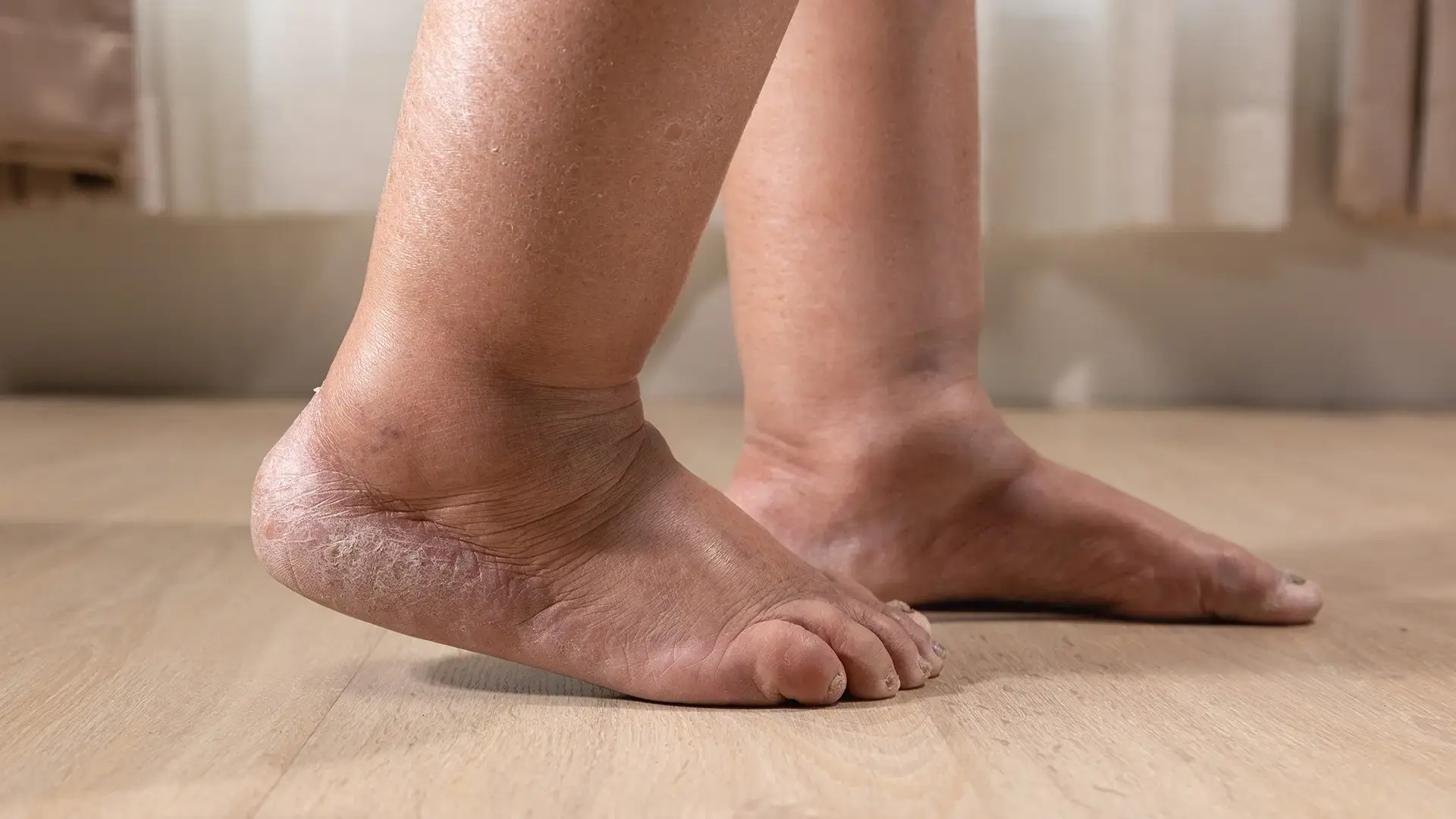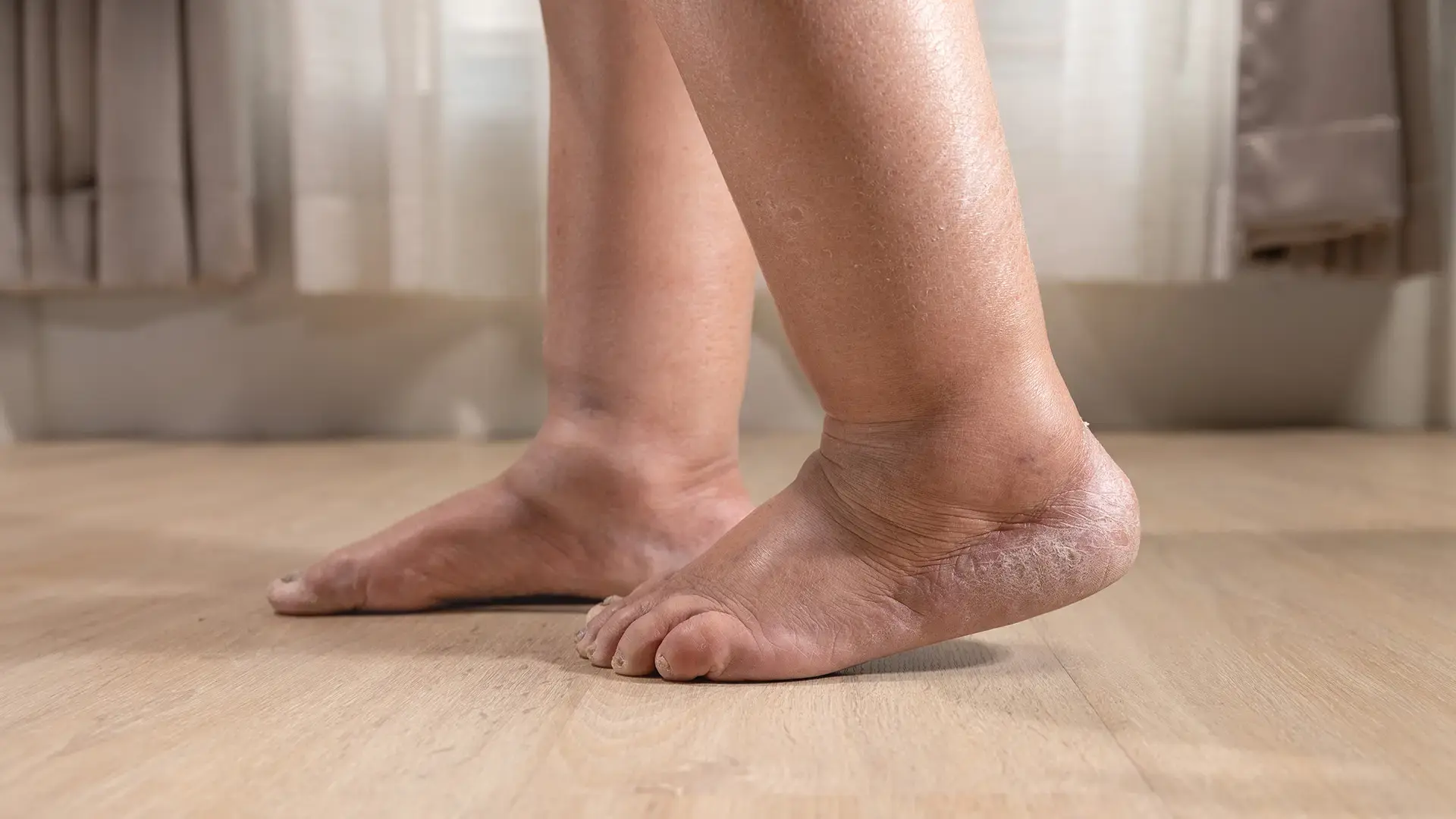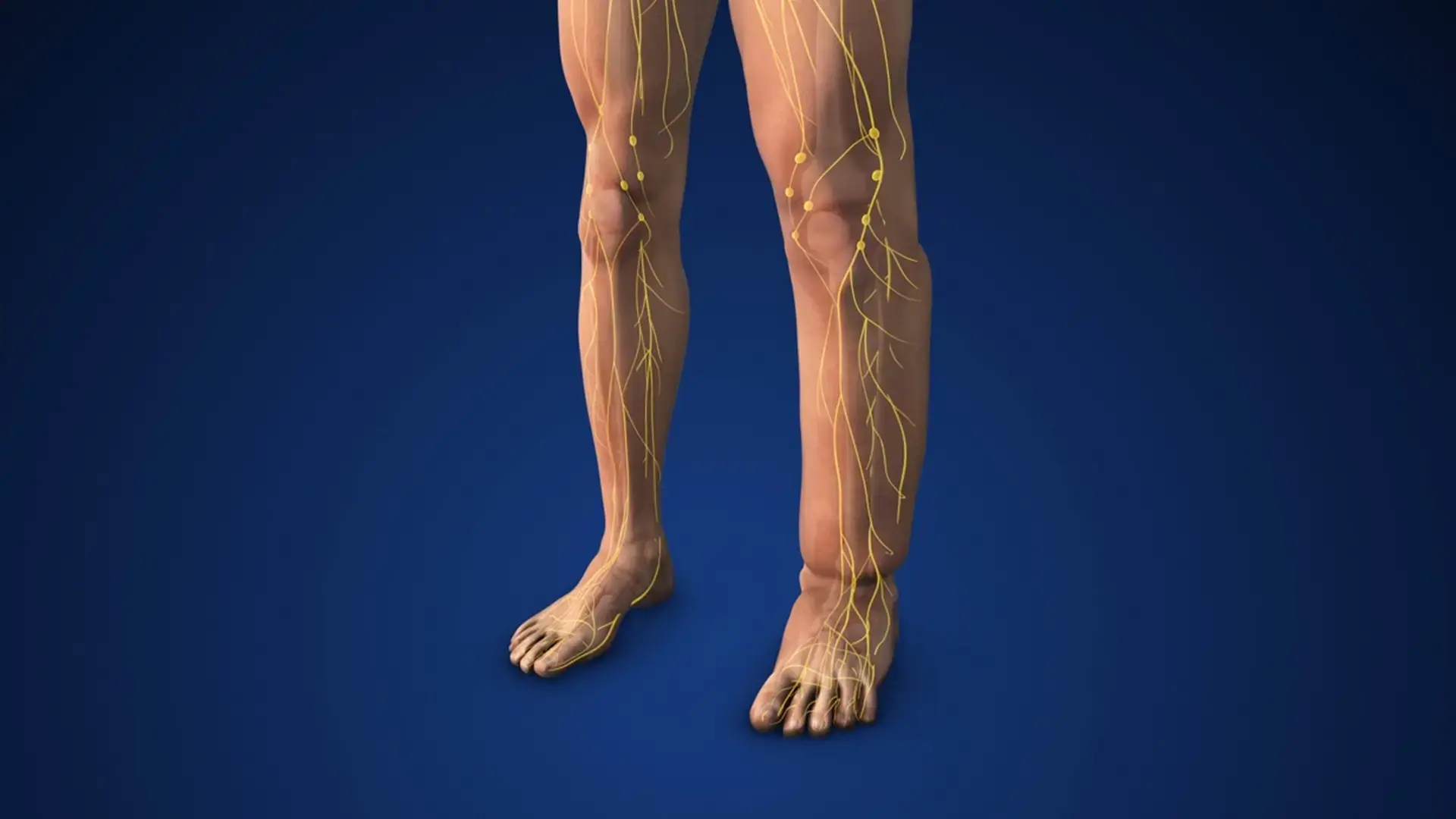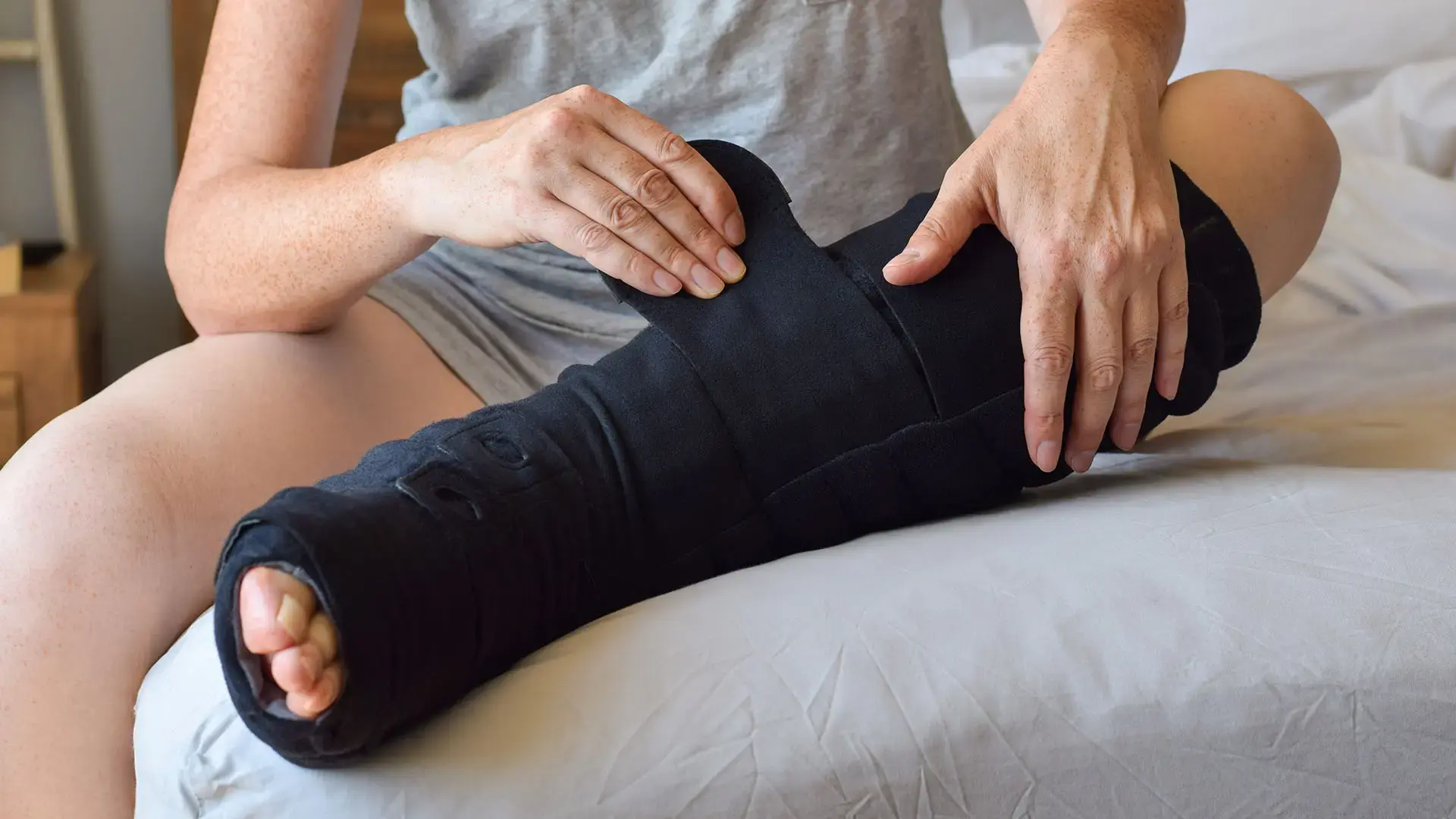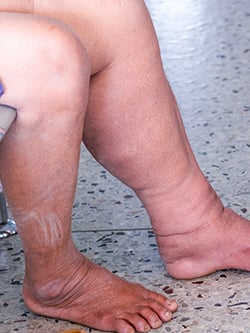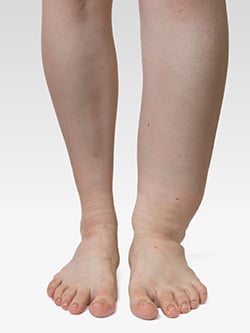March is Lymphedema Month
Lymphedema is a common and widespread problem that is often underdiagnosed because many patients and even many doctors are not aware of the potential treatments for lymphedema.
It is estimated that up to 10 million Americans, and hundreds of millions worldwide, are affected by lymphedema and lymphatic diseases.
There are two types of lymphedema: primary lymphedema, the cause of which is unknown but relates to inherited problems with the lymph vessels, and secondary lymphedema, which is caused by procedures, such as surgery or radiation, that result in damage to the lymph nodes or lymphatic vessels. Secondary lymphedema can occur in the arms when lymph nodes under the arm are removed or in the legs when the groin lymph nodes are removed.
Dr. Ashinoff is passionate about using his advanced reconstructive techniques to create The Center for Lymphedema Surgery, providing comprehensive care with the highest standards and most advanced procedures.
We treat all kinds of lymphedema with a variety of techniques individualized to a specific patient’s history and goals.
There are four basic types of surgery that we offer:
- Lymphaticovenous Anastomosis (LVA). This procedure is done in order to improve fluid drainage. The distal lymphatics are “anastomosed” or connected to small superficial veins, creating a bypass for the lymphatic fluid into the venous system.
- Vascularized Lymph Node Transfer. Lymph nodes from the groin or chest wall are isolated with their blood supply and microsurgically transferred to the armpit or groin, where the lymph nodes are not functioning. This can be especially helpful in patients who have scars or radiation damage in the armpit or groin, which are released during the same surgery. Sometimes, LVA and lymph node transfer can be done together. These two procedures can also be combined with breast reconstruction surgery.
- Lymphedema Liposuction. Excess fat and scar from the leg or arm are removed through minimally invasive liposuction. This reduces the size of the limb, and this size reduction can be maintained for many years with compression.
- Lymphedema Mass Excision. Some patients have a large mass or “bowling ball” hanging from the inside or outside of their thigh, which is related to lymphedema. This mass can weigh as much as 30 lbs. or more! This mass can be surgically removed, which makes it easier to walk and move your leg.
Please visit us in our many reconstructive surgery locations throughout New Jersey. We are also available for phone consultations with patients all over the United States and globally.


